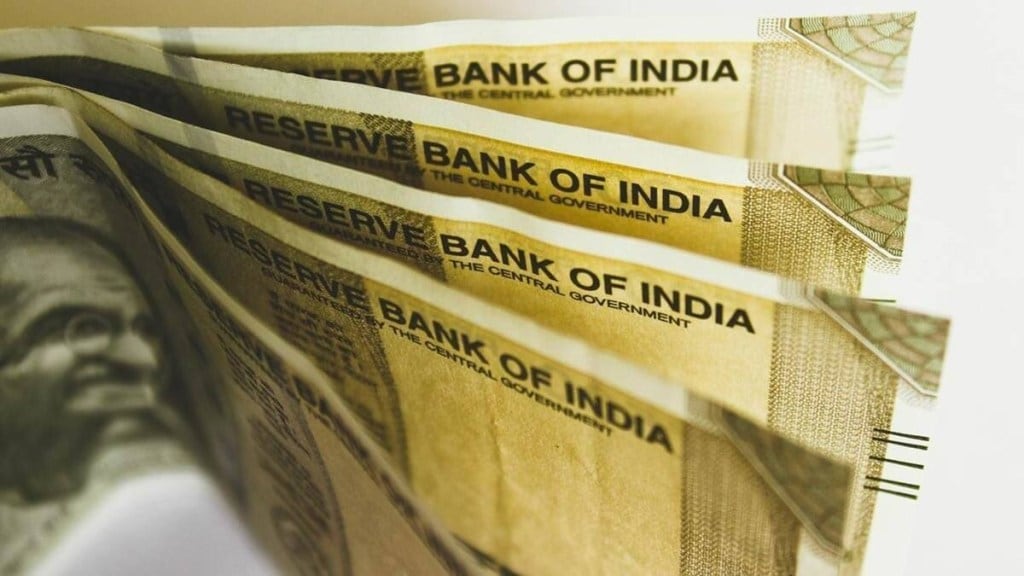Banks rushed to raise funds through certificate of deposits (CDs) in the fourth quarter of FY24 to meet the strong loan demand. Lenders issued CDs worth `3.6 trillion in Q4, the highest in any quarter of the previous fiscal.
CD issuances by the banks surged 31% year-on-year in 2023-24, with total issuances rising to `9.56 trillion, compared with `7.28 trillion in the year-ago period.
“Tight liquidity in the banking system and high credit demand during the fourth quarter prompted banks to raise more funds through CDs,” the head of treasury of a private bank told FE. “The liquidity tightness has eased in the second half of March, which is a good news for banks,” the person said.
A CD is a short-term debt instrument used by banks to mobilise funds.
Credit growth remained robust at 16.5% for the fortnight ended March 8, while deposit growth was lagging at 13.1%, data from the Reserve Bank of India (RBI) show. Lenders raised Rs 2.6 trillion via CDs in Q3, Rs 1.8 trillion in Q2, and `1.6 trillion in Q1 of FY24.
With liquidity remaining tight in the second half of the previous fiscal, funds raised by CDs crossed the Rs 1-trillion mark in December (Rs 1.16 trillion), February (Rs 1.5 trillion) and March (Rs 1.3 trillion).
Liquidity in the banking system has eased considerably starting March 2024 after mostly staying in deficit since November 2023. This has majorly been spurred by government spending, maturity of forex swap and buoyant foreign portfolio flows. RBI took delivery of $5-billion dollar/rupee swap that matured on March 13, releasing over Rs 40,000 crore of durable liquidity in the system.
System liquidity deficit — as measured by net injections under the liquidity adjustment facility — declined to Rs 1 trillion during February-March compared with Rs 1.61 trillion in December-January.
“The improvement in system liquidity has eased the pressure on banks’ short-term liquidity, as reflected in stable issuances of CDs in March,” said Soumyajit Niyogi, director, core analytical group, India Ratings and Research. “We expect CD issuances have peaked and will show moderation in the first quarter of current fiscal,” he added.
The banking system liquidity could start easing from Q1FY25, but the onset of elections is expected to increase the cash in circulation, which will keep the overall system liquidity volatile, Niyogi added.
Experts say the system liquidity is likely to start easing in a sustained manner from the second quarter of the current fiscal, barring occasional tightness owing to tax payments.


